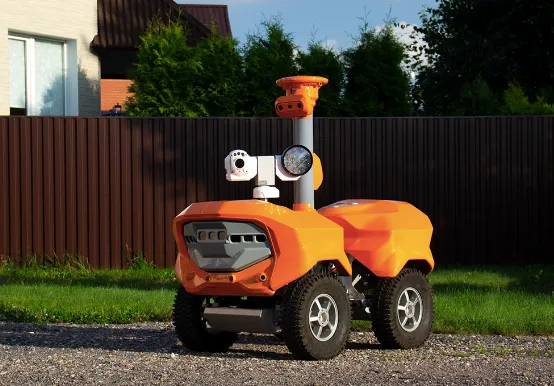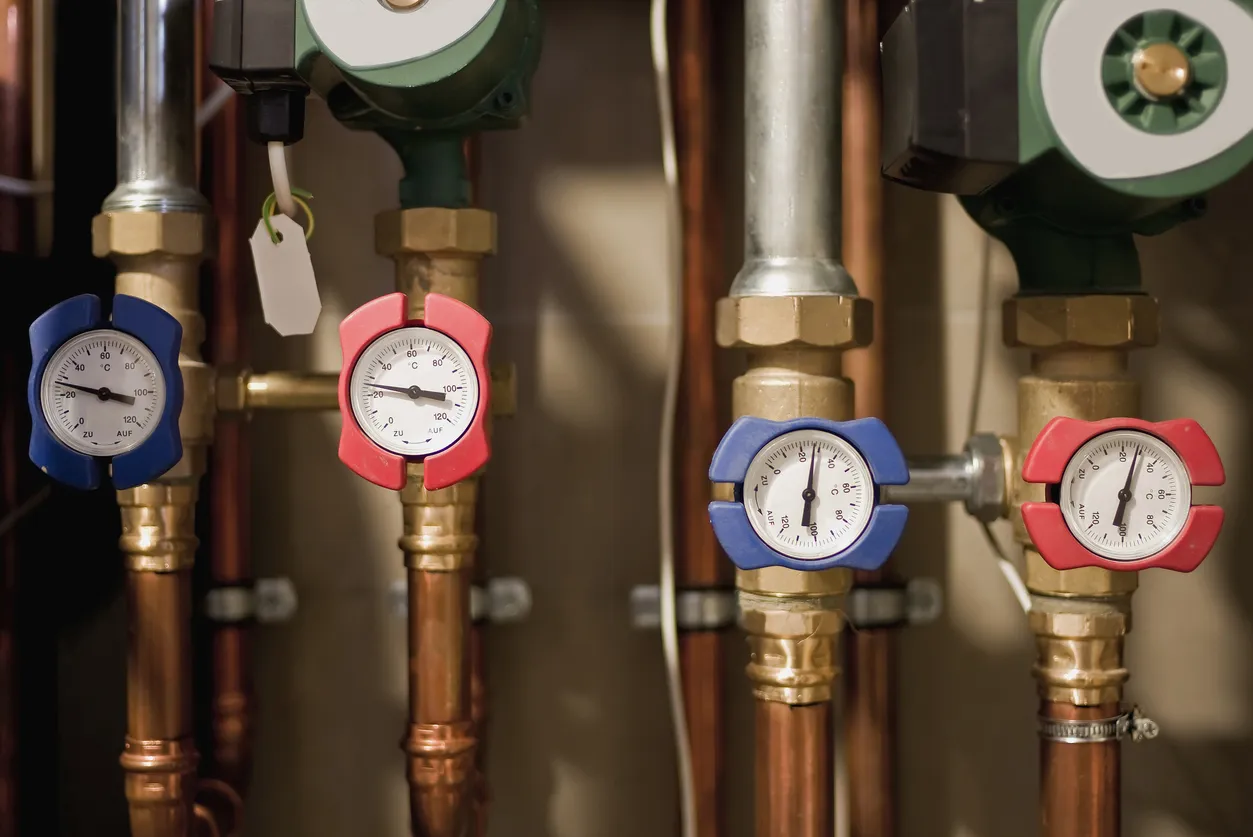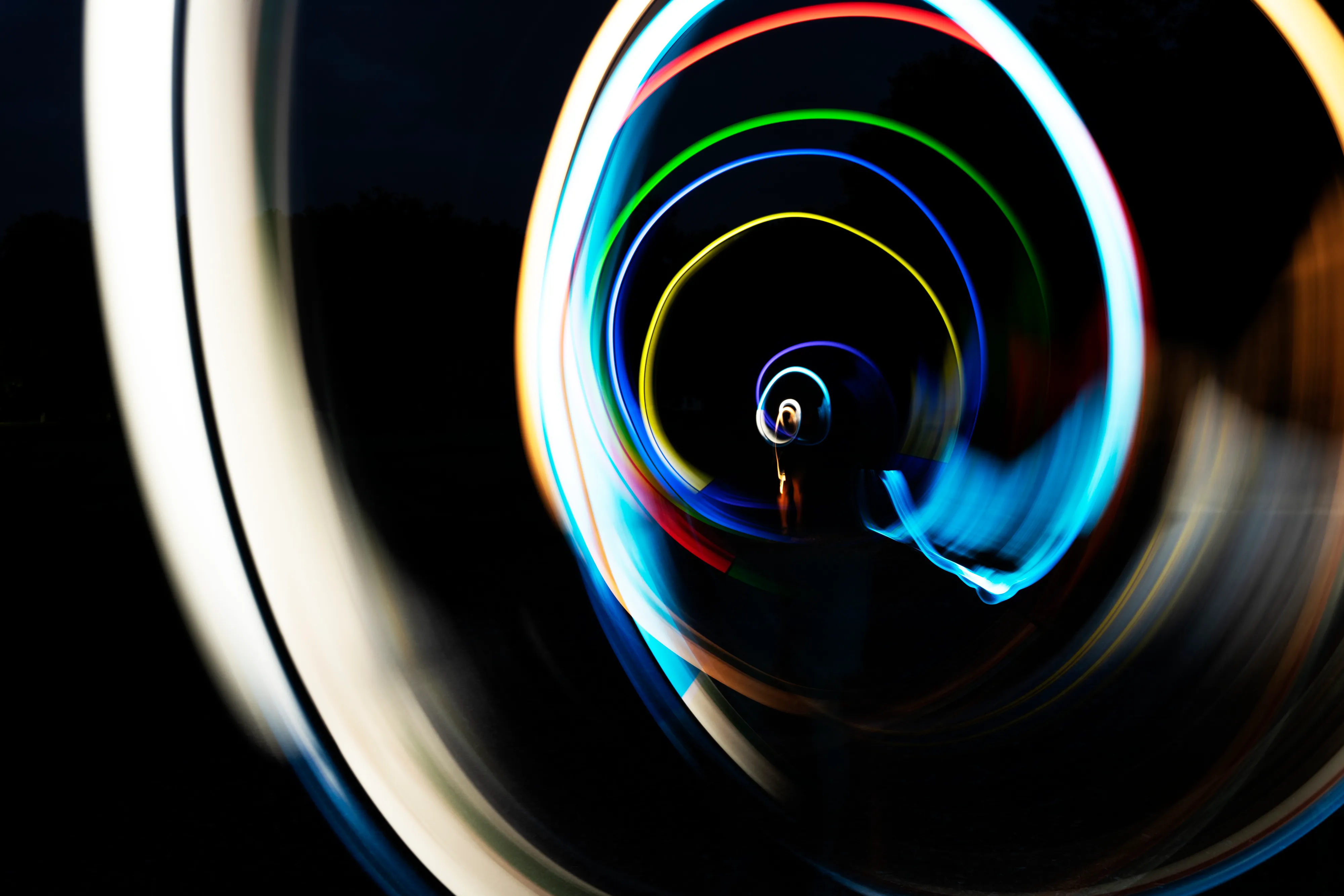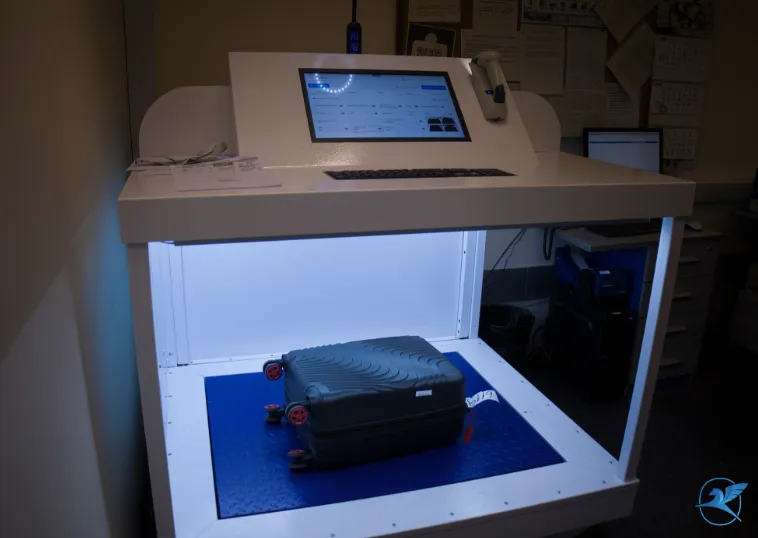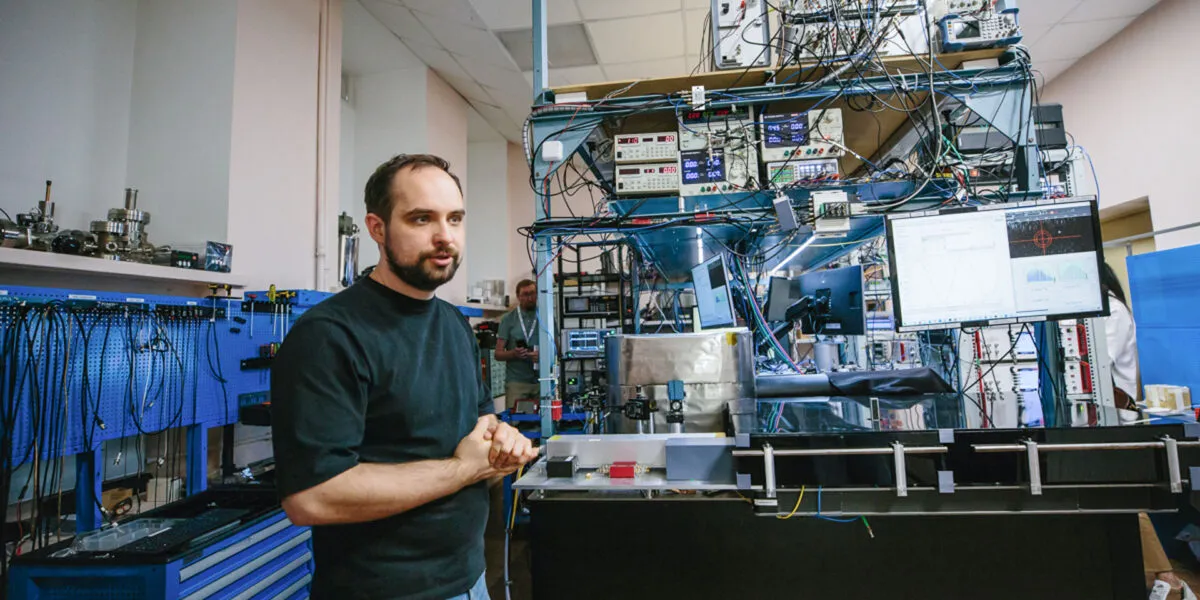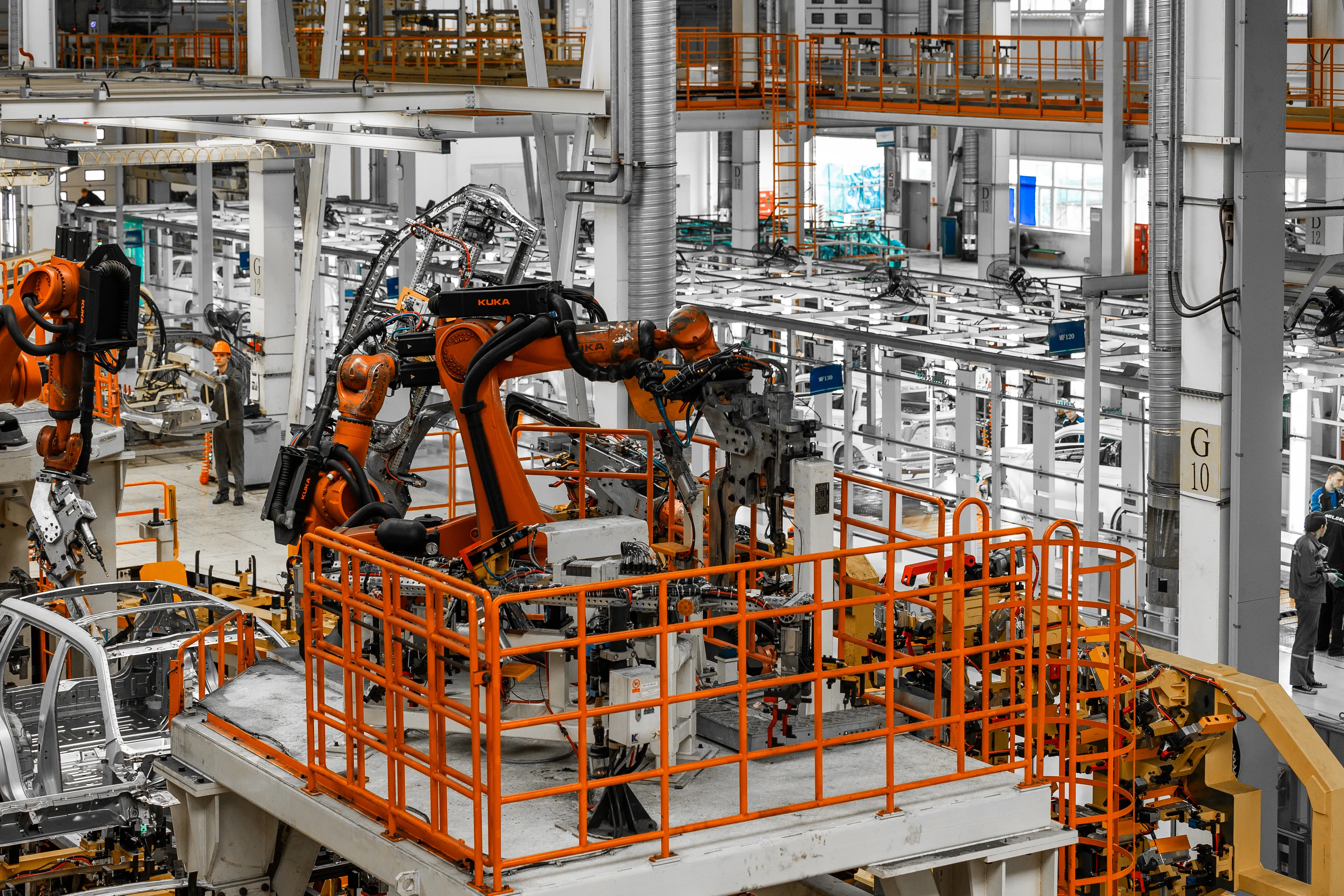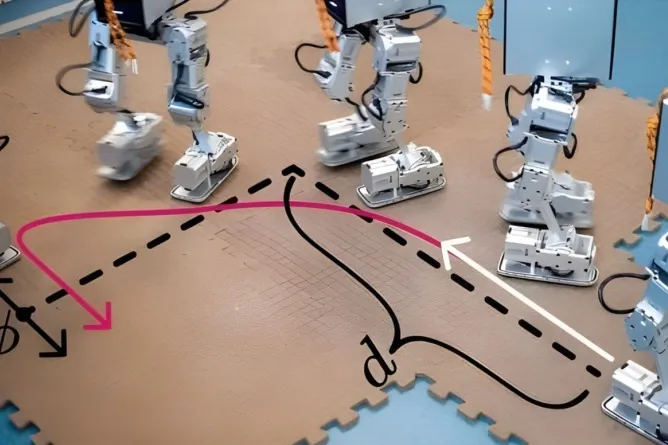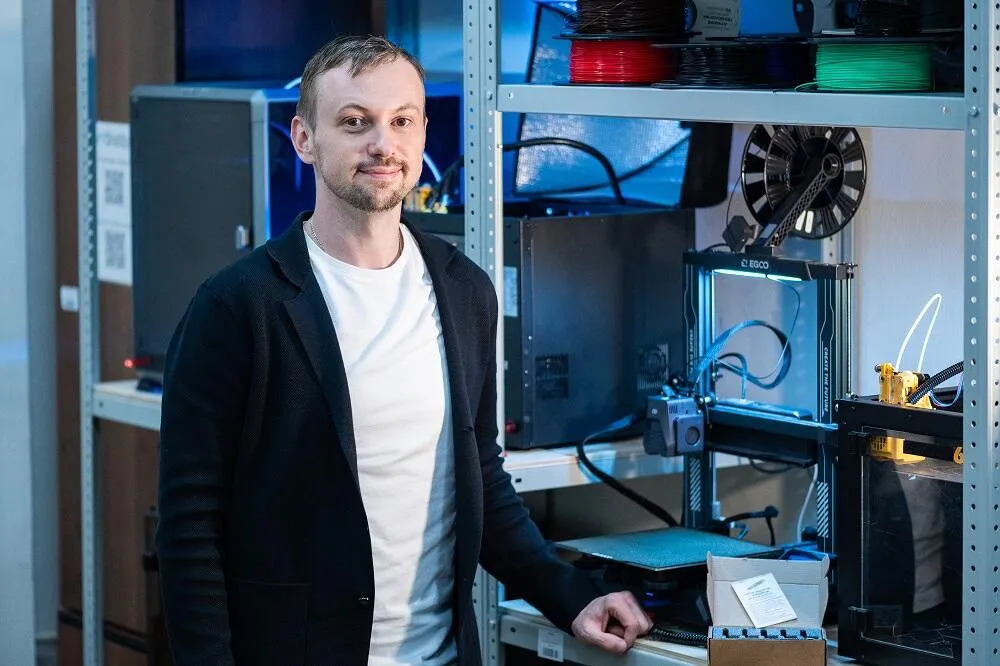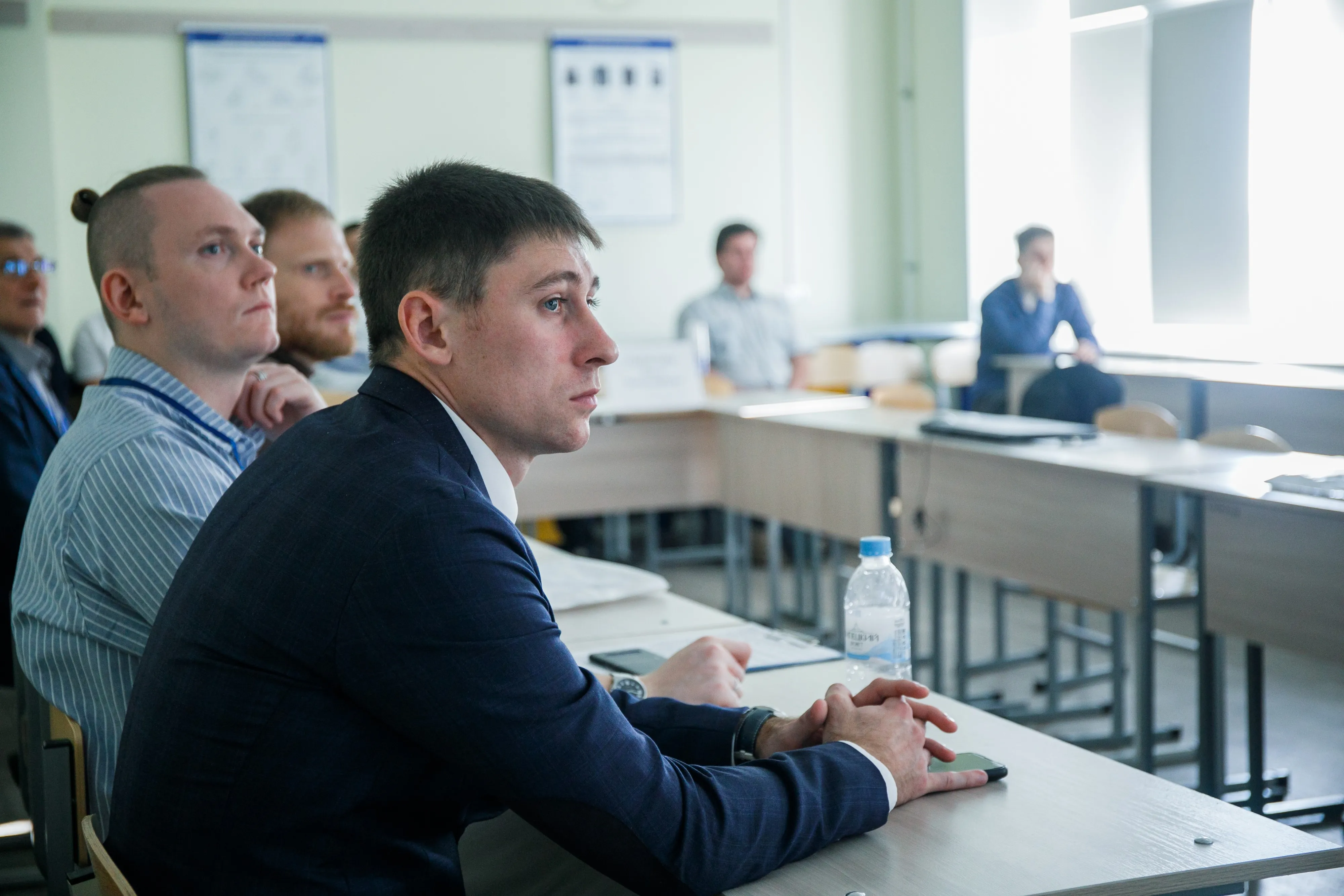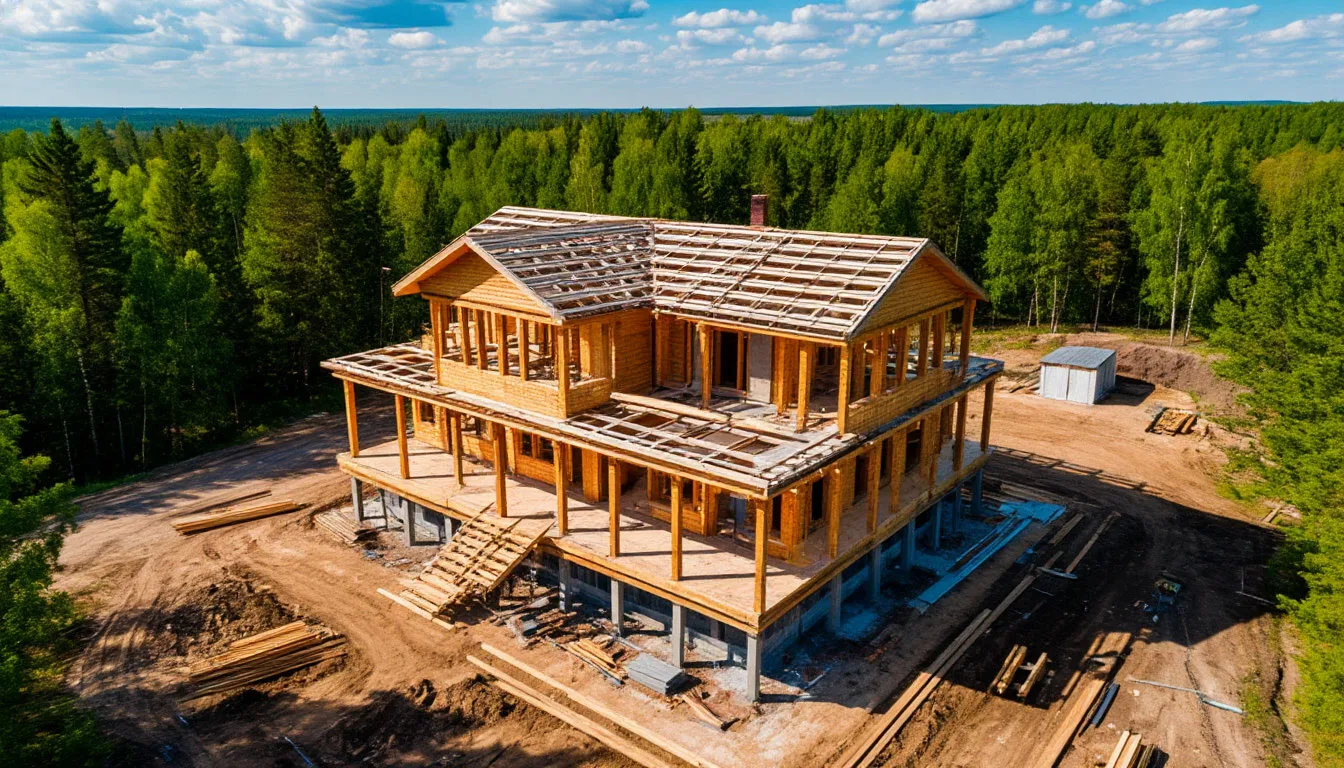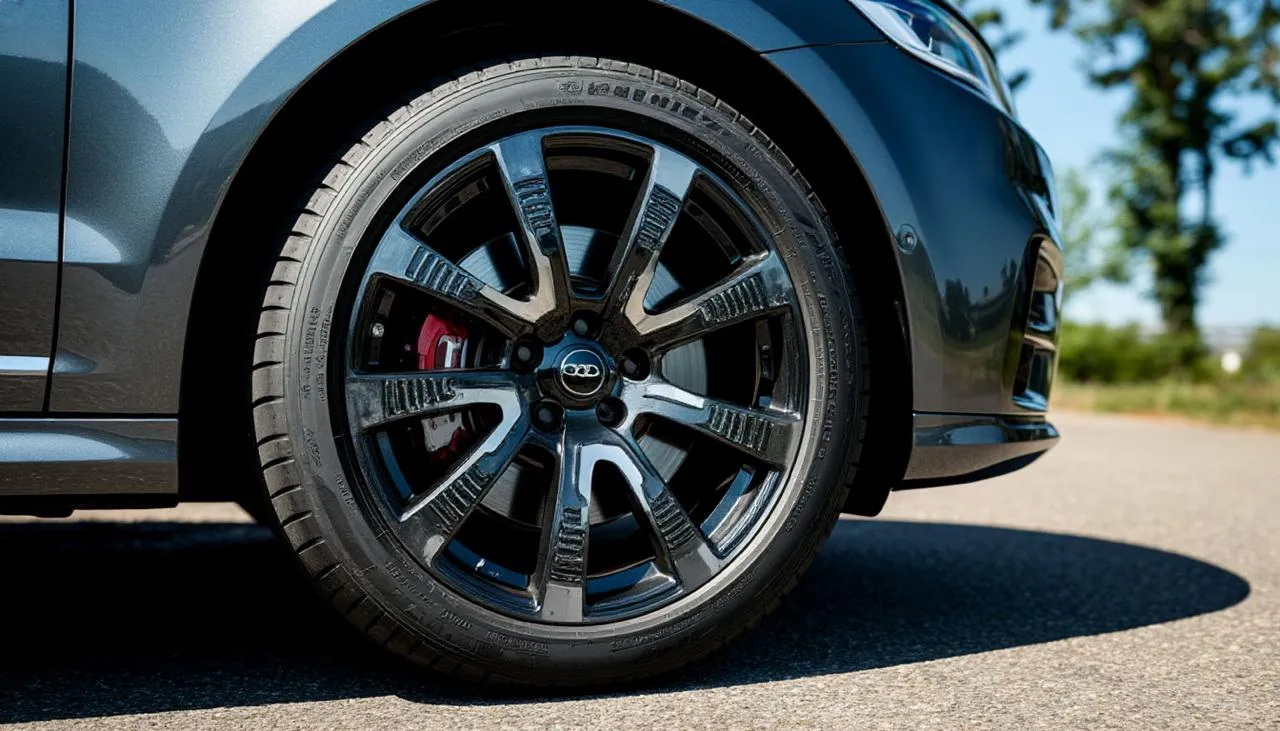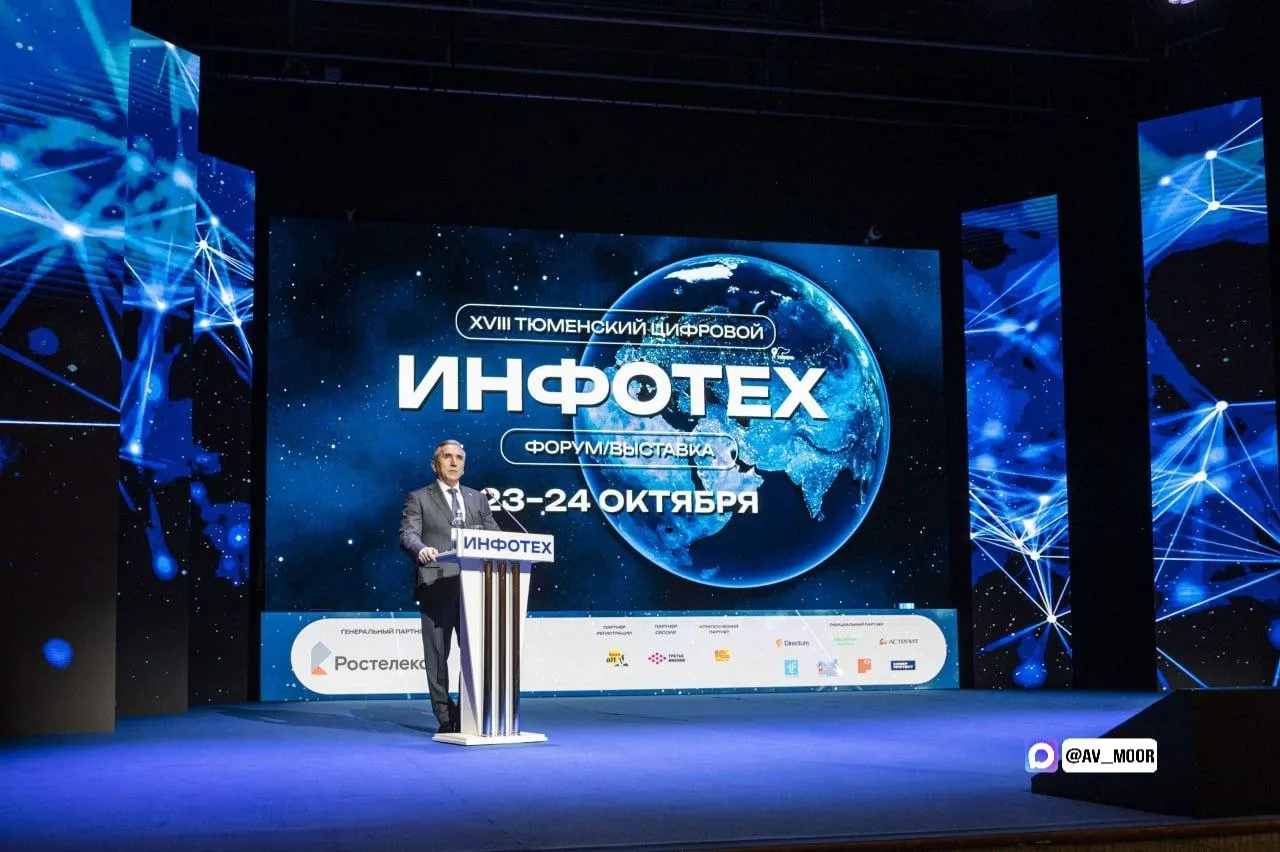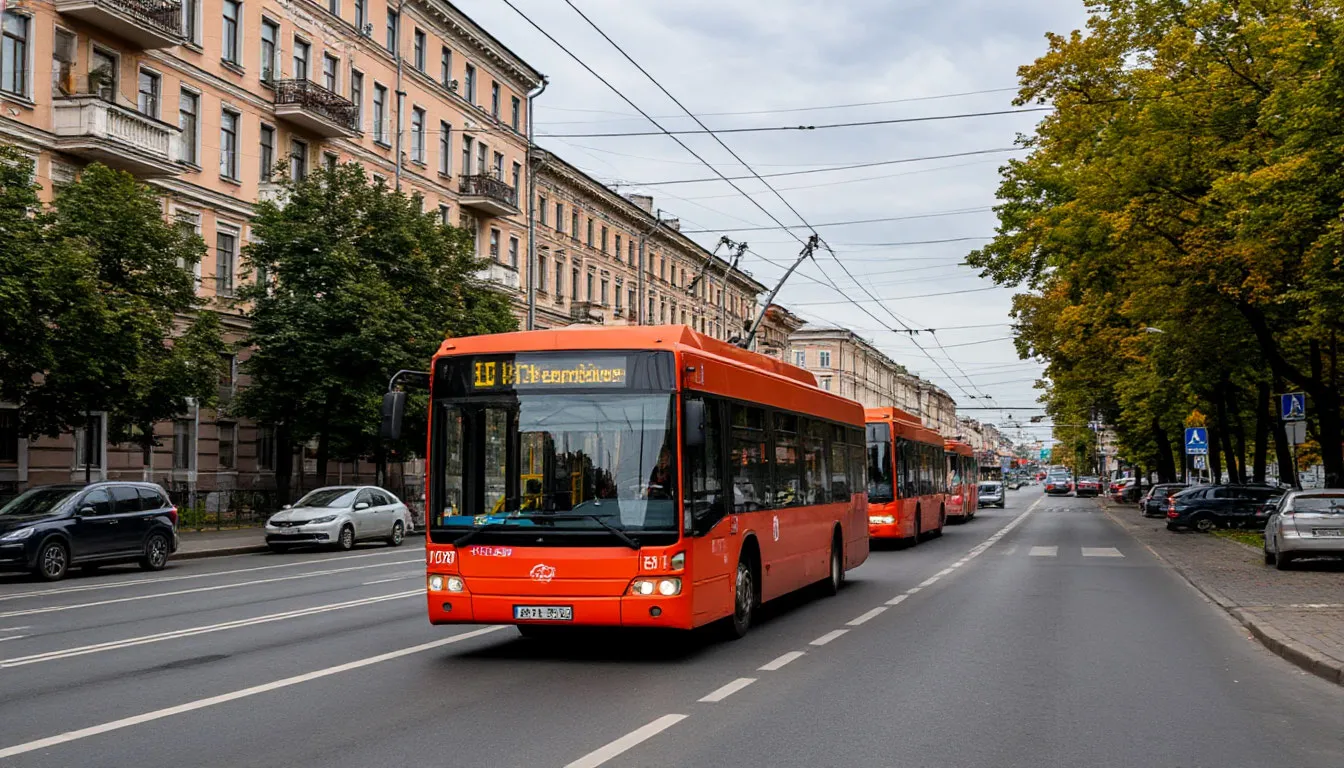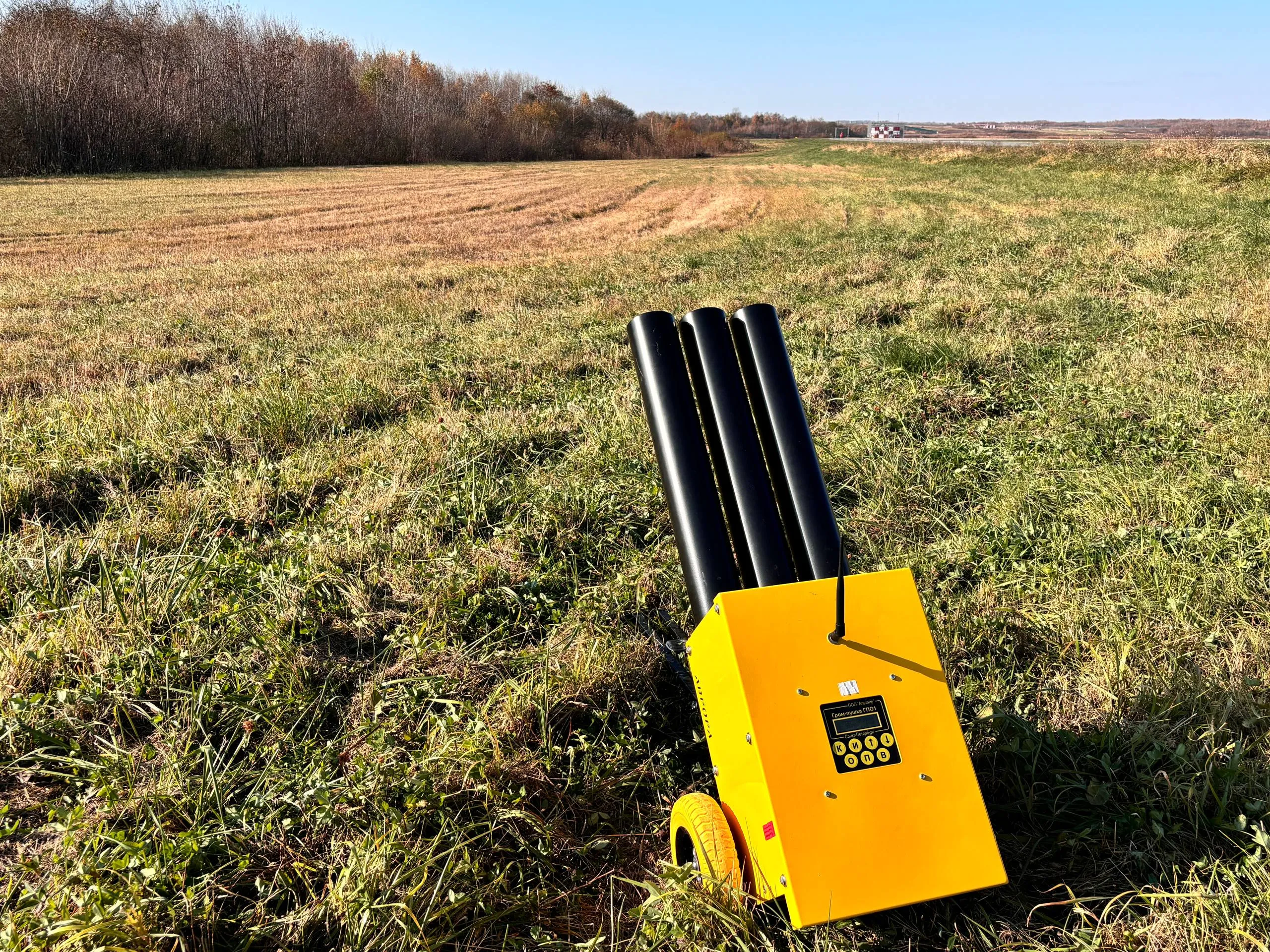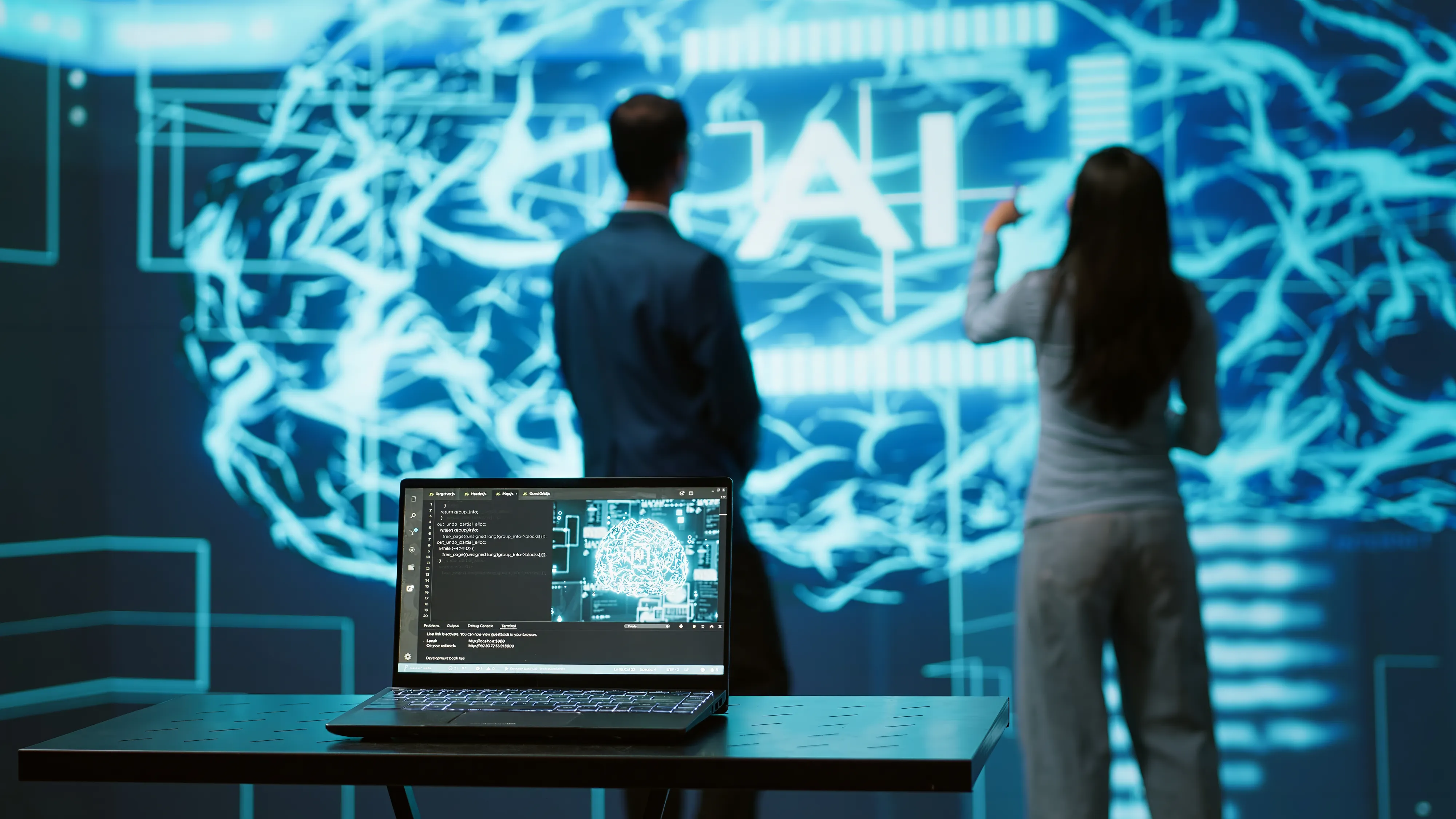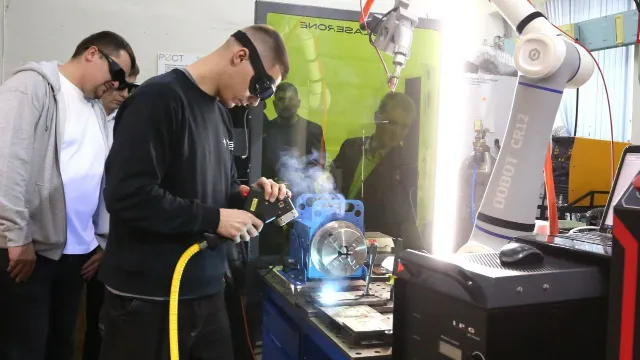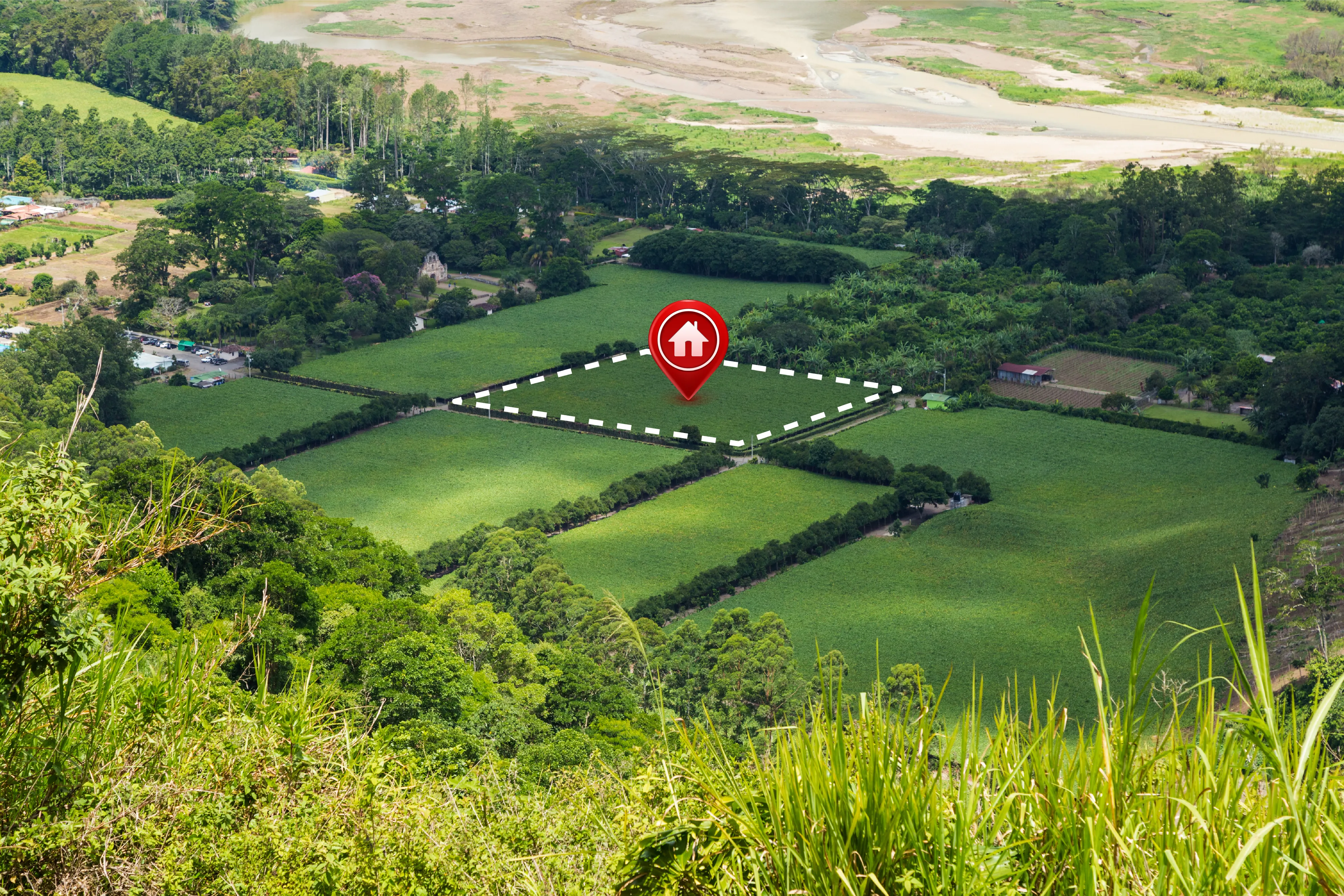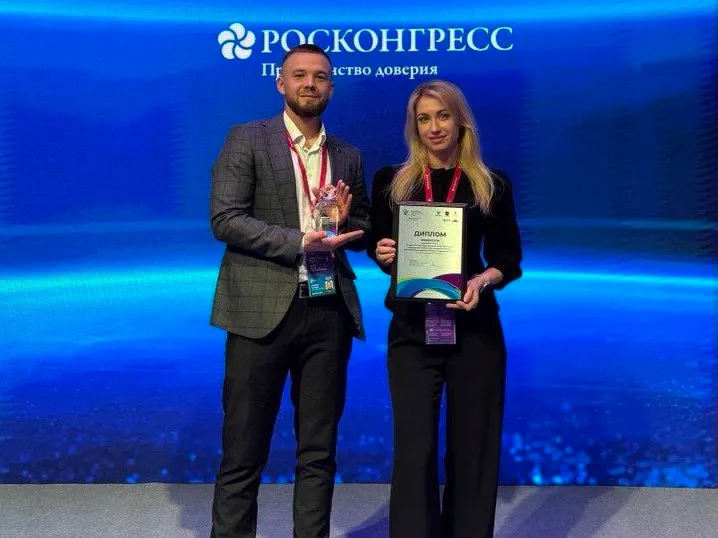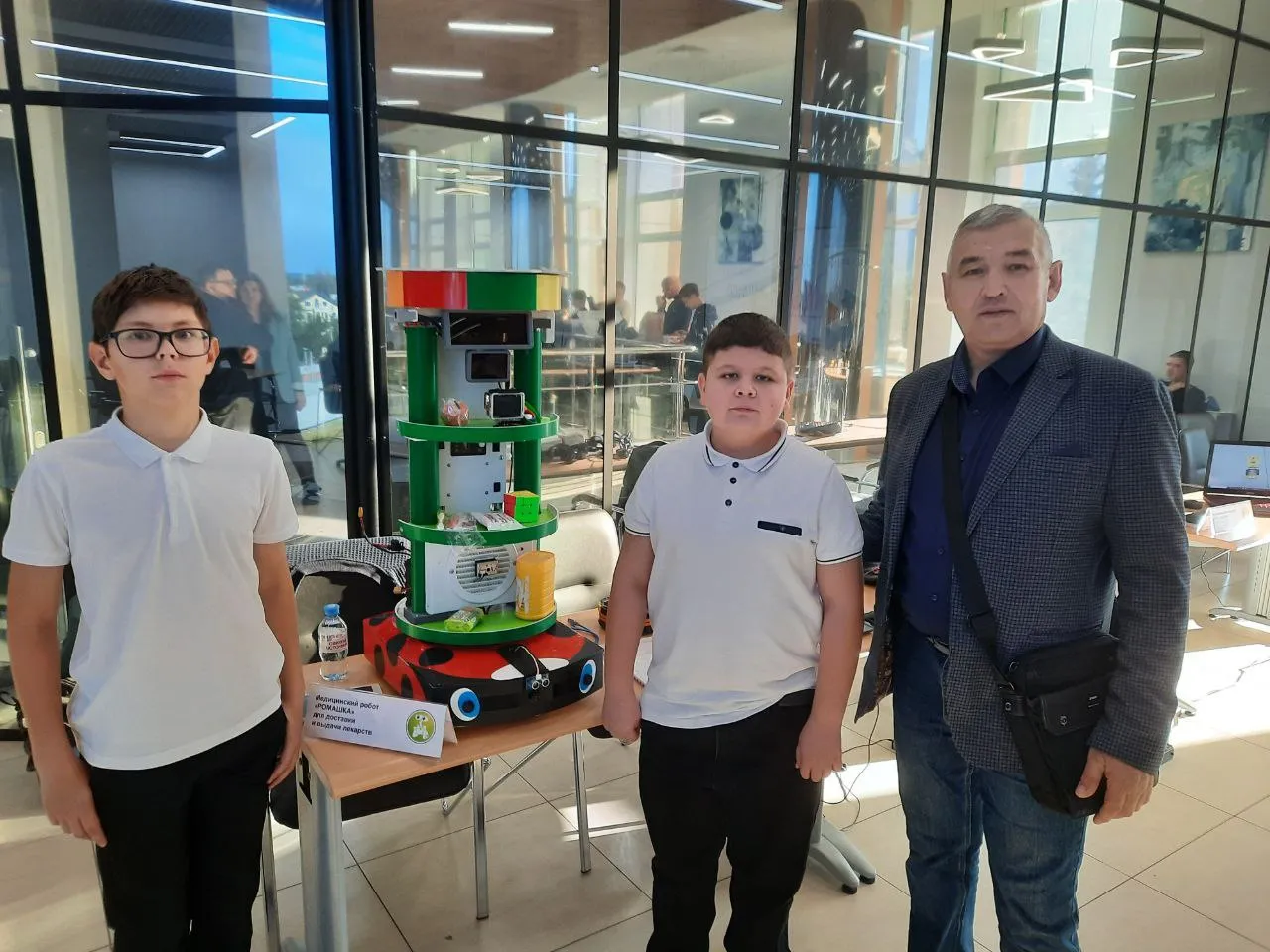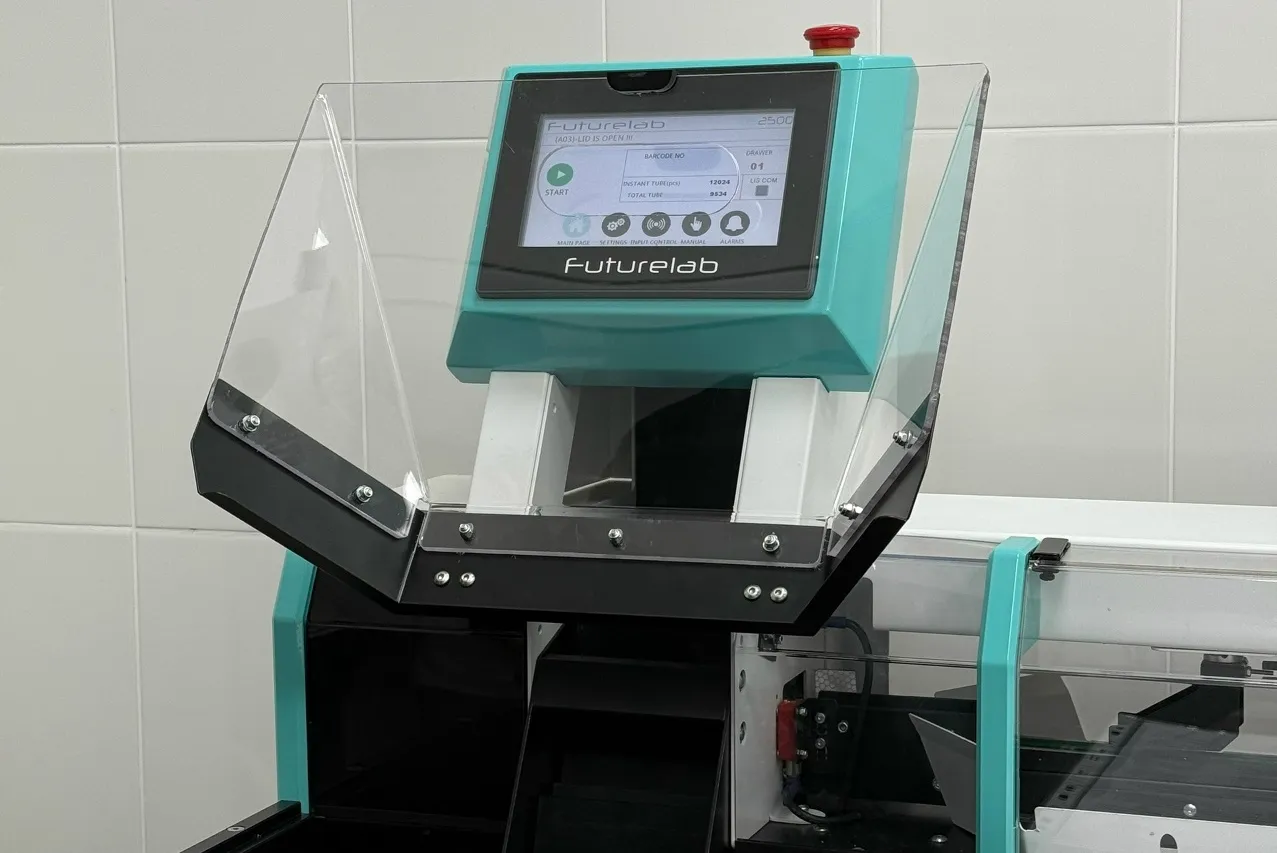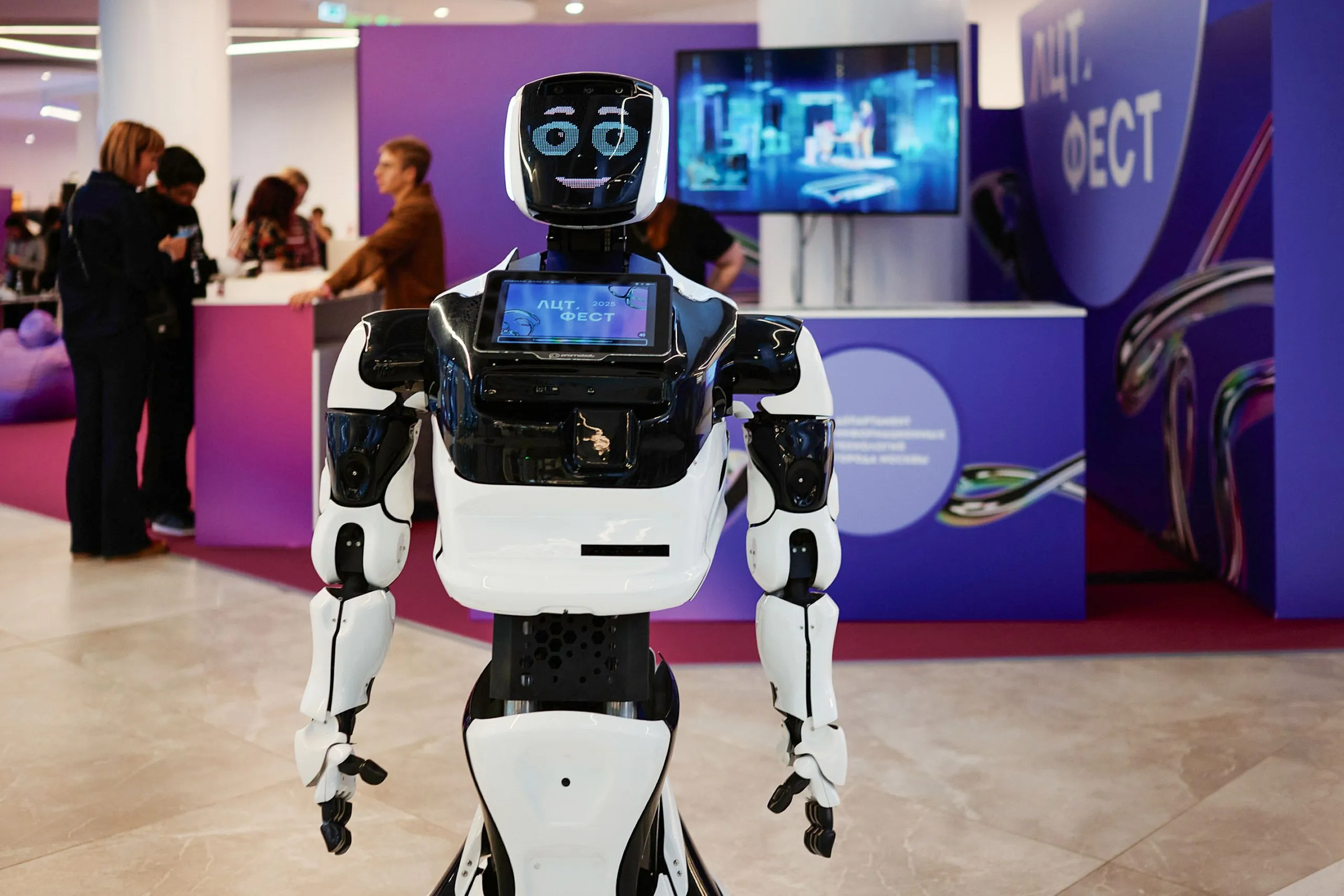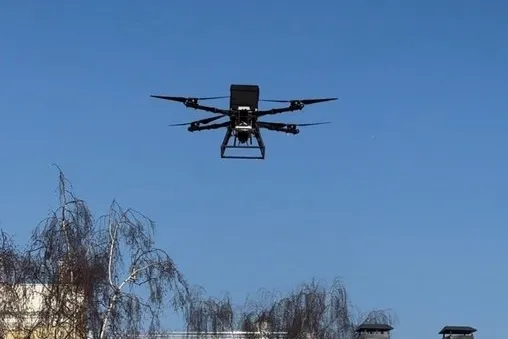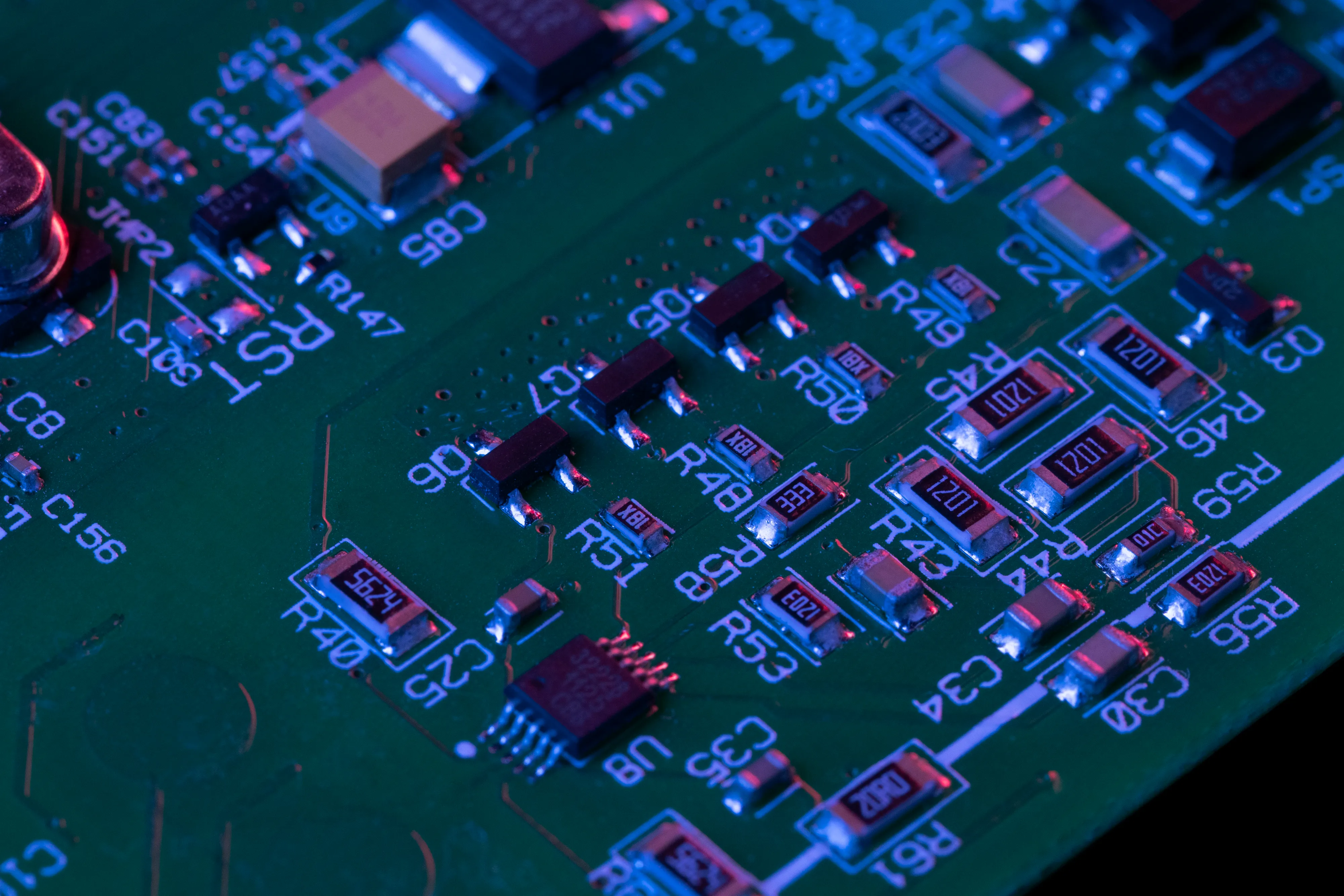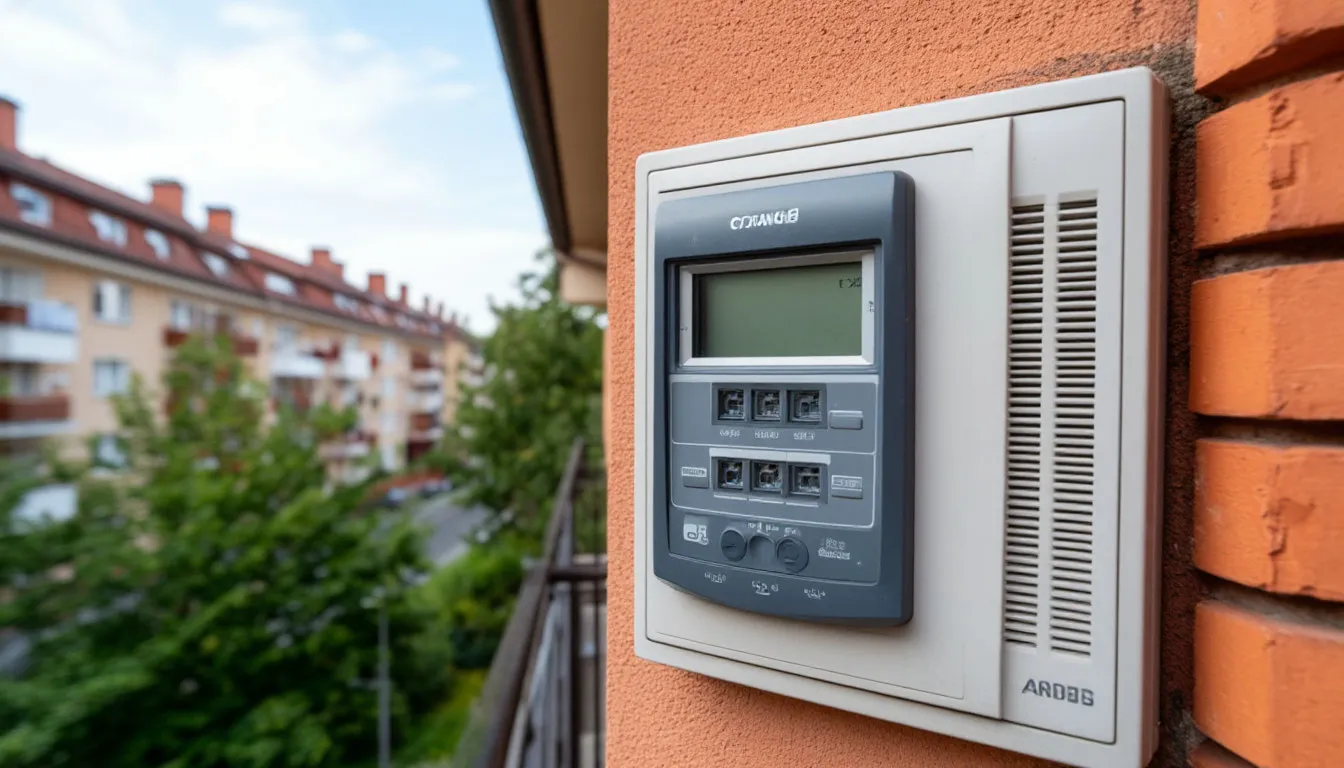Russian Students to Learn Highway Design in Virtual Reality
A new program in Moscow teaches teenagers to use cutting-edge VR and AR tools to design high-speed transport infrastructure.
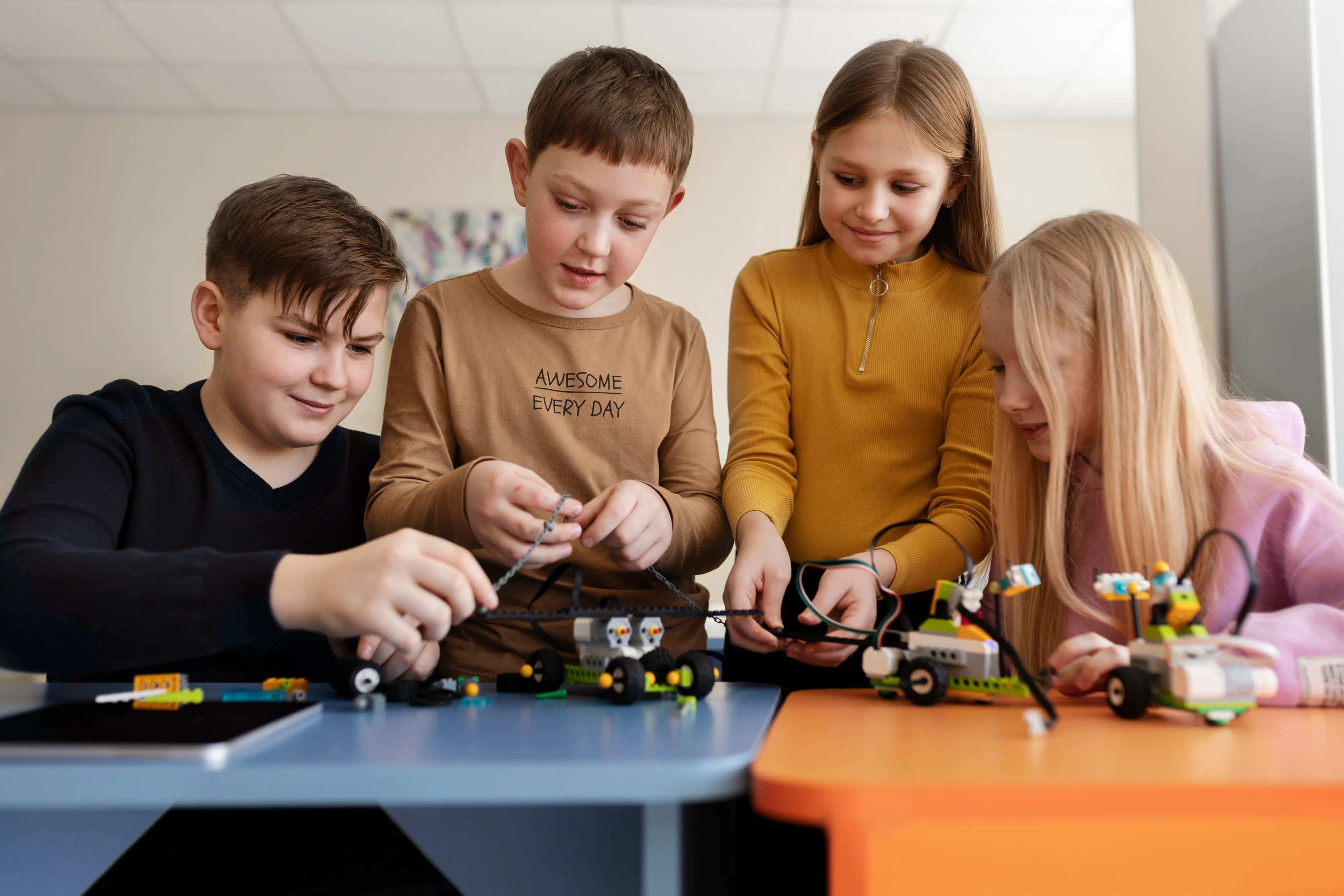
In Moscow, the High-Speed Rail Academy of the Russian University of Transport has launched a free virtual design course for high school students aged 14 to 18. Hosted at the Moscow Transport children’s technopark, the month-long program combines theoretical lessons with hands-on experience in 3D modeling, virtual reality (VR), and augmented reality (AR).
Over the course of four weeks, students will learn the principles of infrastructure planning and high-speed railway construction, gain practical skills in digital design environments, and collaborate in teams to create their own VR prototype of a highway segment.
Equal Access to Tech Education
The initiative reflects a broader effort to make advanced digital education accessible to young people across Russia—including those in small towns and rural areas. Across the country, new youth technoparks are opening, where students learn robotics, drone assembly, and programming, and even compete in phygital sports—hybrid contests blending physical and digital gameplay.
By introducing teenagers to high-end technology early, Russia aims to cultivate a new generation of engineers ready to contribute to the nation’s digital economy. Participants who show promise can apply for innovation grants to develop their projects further—or even launch their own startups in the tech sector.



